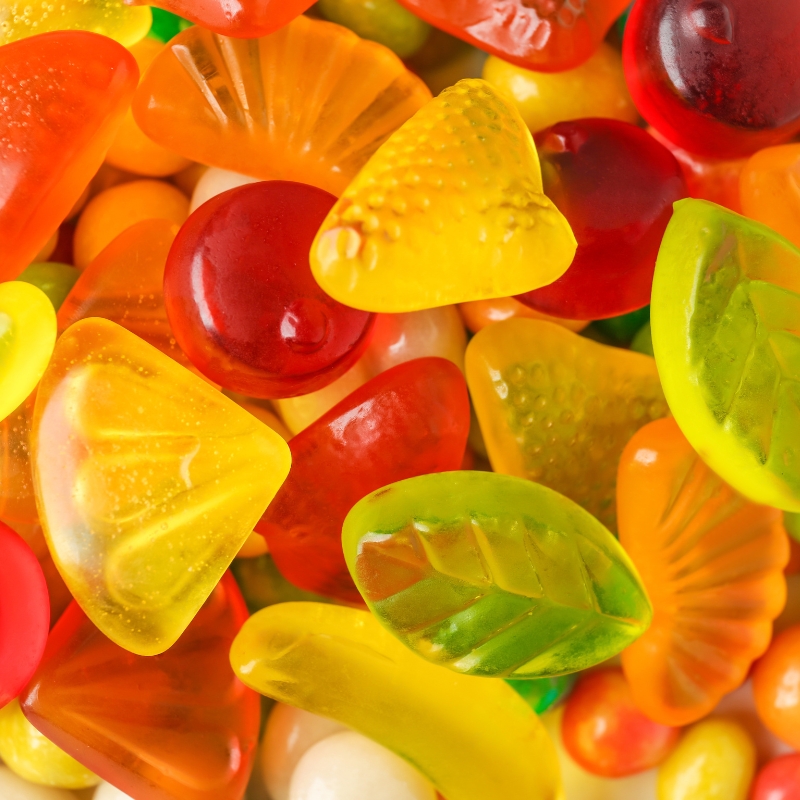Food Business News Magazine
Author: Jeff Gelski
“Consumers also may shun red No. 40, said Linnea Halter, marketing coordinator at Global Organics, Cambridge, Mass. Also known as “Allura Red AC,” red No. 40 is the chemical isodium6-hydroxy-5-(2-methoxy-5-methyl-4-sulfonato-phenyl)diazenyl-naphthalene-2-sulfonate.
“This synthetic red food dye is widely used in various confectionery items, including candies, chocolates and fruit-flavored snacks,” she said. “With ongoing regulations of this dye, especially in the EU with maximum levels of labeling required to ensure consumer safety, many companies are currently exploring natural alternatives. Beet juice concentrate is a great natural alternative for red 40 dye that still allows manufacturers to obtain that ‘Allura Red’ color they’re looking for.”
She added naturally sourced colors are available for green and yellow.
Green No. 3, also known as fast green, a triphenylmethane dye, is used in confections such as candies, gums and frostings.
“Companies can look at using natural alternatives like spinach powder or spinach juice to retain that bright eye-catching green,” Halter said. “Spinach is commonly used as filler in food and beverage products because it has minimal effects on taste but is great for that green colorant.”
Yellow No. 6 achieves a sunset-like yellow color in products and is petroleum based.
“Yellow 6 is used in various confection items like candies, flavored drinks and icings,” Halter said. “A natural alternative for this synthetic color could be the use of carrot juice concentrate.”


